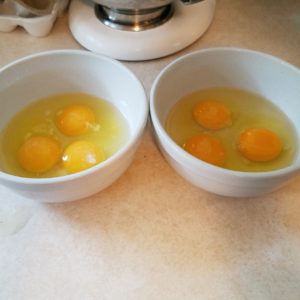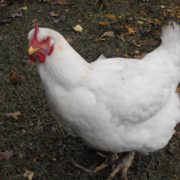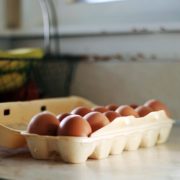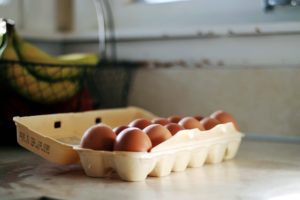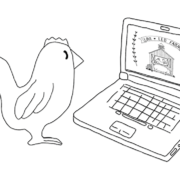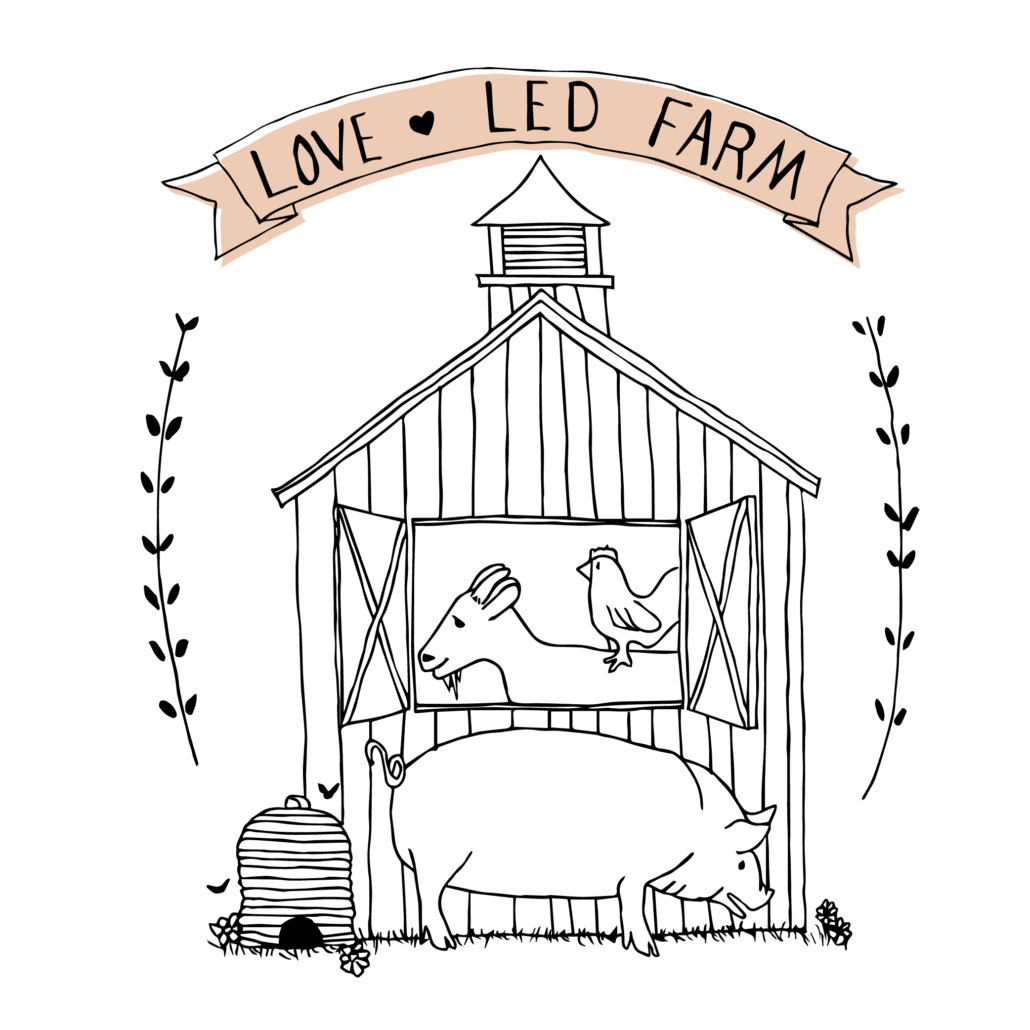Goats Tales

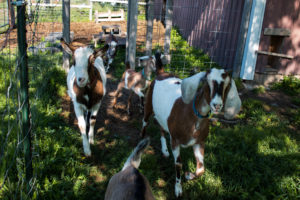
Goats! They are furry, and lovable, but unpredictable. They will be your best friend for a handful of grain but will tell you in no uncertain terms, to get out of their way. They entertain and annoy; cuddle and bully.
Most people have distinct opinions about goats. It seems every grandpa has a story about his run-in with a stinky old billy.
Me? I’m a goat girl. Even as a child dreaming of her farm, dairy goats were part of the plan. The highlight of my morning? Sitting in the early light, milking a doe while she munches on grain. Pure peace…unless she steps in the bucket.
As these first blog posts are introductory by design, it gives me great pleasure to let you meet my herd. First though, let’s have a beginner’s lesson in “goat talk.”
*I am a registered American Dairy Goat Association herd owner and breeder. I raise purebred French Alpine and Nubian goats, primarily for their milk.
*Our baby goats are called kids.
*Adult female goats are does; baby females are doelings.
*Adult males are bucks; baby males are bucklings.
*A wether is a castrated male.
*A yearling is any goat who is between one and two years’ of age.
*To “freshen” means to come into milk, which happens after a doe gives birth. Although some excellent “milkers” can be “milked through,” most does have to be re-bred every year to keep them “in milk.” When a doe is pregnant, most dairy farmers allow her to “dry up” 2 months before her due date for the health of both the doe and her kids.
*I do, in fact, sell off extra kids and does each year. If you are interested, contact me.
Now that you know a bit of goat language, let’s do a quick meet-and-greet.
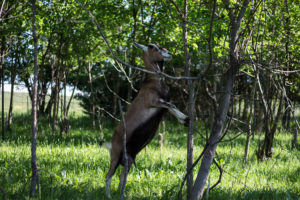
Aunt Bea, Alpine doe. Abundant, delicious milk but a real food thief. My favorite–we understand one another.
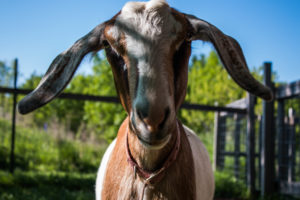
Thema Lou, Nubian doe. She gives rich, creamy milk and is a real sweetheart.
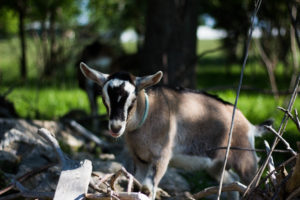
Opey, Aunt Bea’s Alpine son. A wether, who’s going to be around for a bit. Oliver and I are going to teach him to be leash led and to carry things.
.
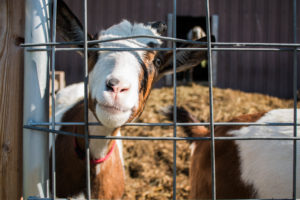
Junie (named by Eisley), Aunt Bea’s daughter. Alpine yearling doe. She has a rather headstrong personality!
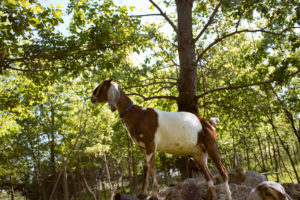
Millie, Thelma’s daughter. Nubian, yearling doe. Shy but sweet.
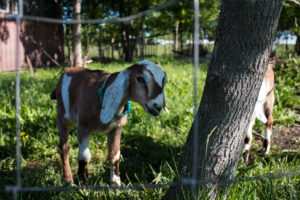
Clara Mae is one of Thelma’s 2017 doelings who is never far away from her twin.
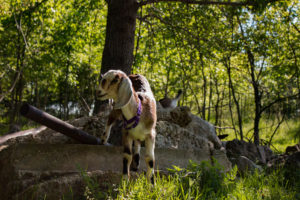
Helen, Thelma’s firstborn 2017 doeling. She was a very big baby!
Next week we’ll begin a discussion about goat milk: what’s the big hype? How does it compare with cows’ milk? How can you legally obtain some for your family, and what is a herd share? In the meantime, for those of you who live within driving distance…I have at least 2 herd shares available. Contact me if you are interested.

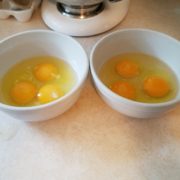
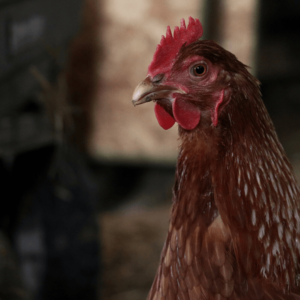 While living in Massachusetts, we were inspired by friends who already had chickens and began planning for our own flock.
While living in Massachusetts, we were inspired by friends who already had chickens and began planning for our own flock.